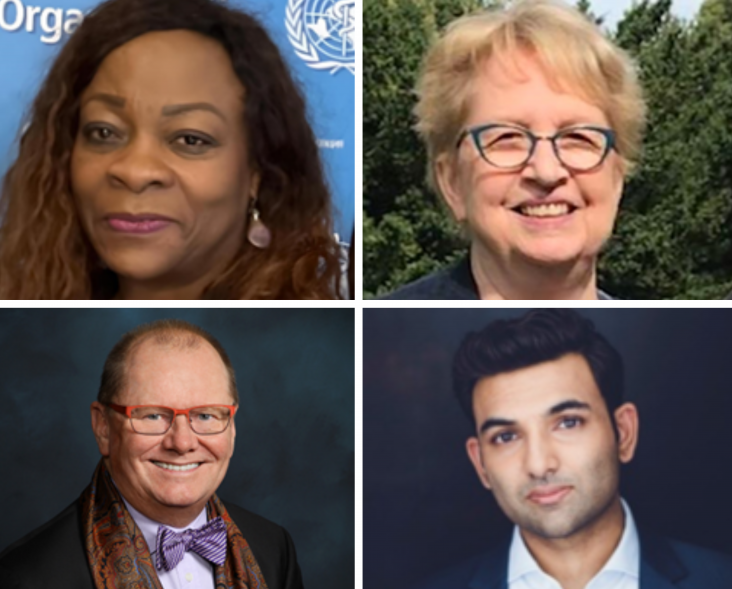
This podcast, relating to SDG 3, Health and Wellbeing, is part of the Elsevier celebration of the World Health Organization’s World Health Day whose aim is to promote health, keep the world safe and serve the vulnerable – so everyone, everywhere can attain the highest level of health and well-being. April 7th 2023 marks the WHO’s 75th anniversary of World Health Day, with a focus of improving public health for all.

This article relates to SDG 3. This resource, created together by Osmosis and the National Organization for Rare Diseases (NORD), aims to increase the knowledge and awareness about Pierre-Robin Sequence, a rare congenital condition characterized by physical anomalies that result in making the newborn's breathing difficult.
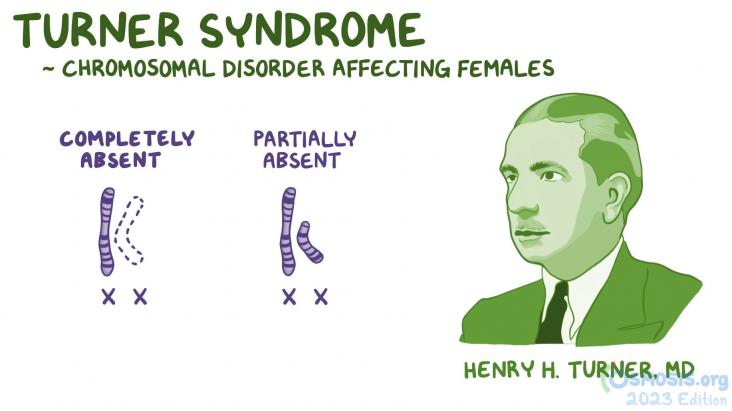
This article relates to SDG 3. This resource, created together by Osmosis and the National Organization for Rare Diseases (NORD), aims to increase the knowledge and awareness about Turner Syndrome, a condition characterized by a partial or complete loss of one of the two X chromosomes in females. The manifestations of this can be quite variable, resulting in infertility and/or distinctive physical features such as a short stature, webbed neck, or a “shield chest”.
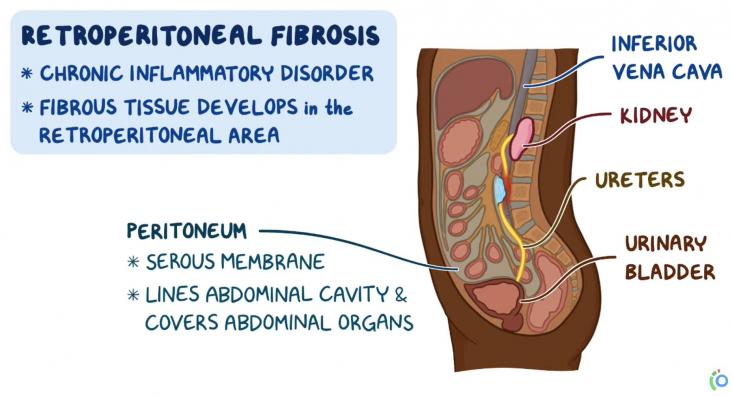
This article relates to SDG 3. This resource, created together by Osmosis and the National Organization for Rare Diseases (NORD), aims to increase the knowledge and awareness about retroperitoneal fibrosis, an inflammatory condition in which fiber-like tissue accumulates behind the peritoneum and causes lower back pain.
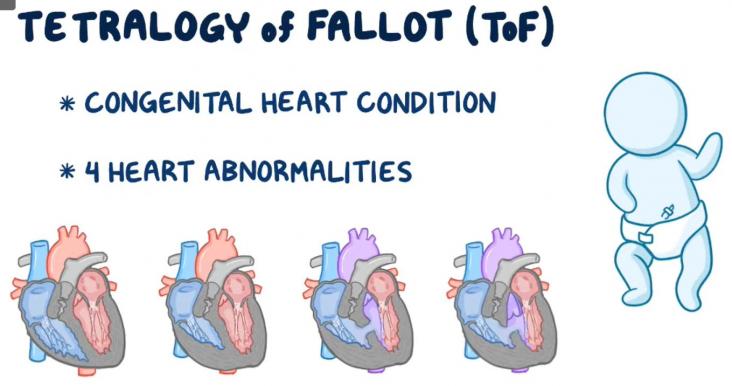
This article related to SDG 3. This resource, created together by Osmosis and the National Organization for Rare Diseases (NORD), aims to increase the knowledge and awareness about Tetralogy of Fallot, the single most common form of congenital heart disease that causes cyanosis (bluish discoloration from lack of oxygen).
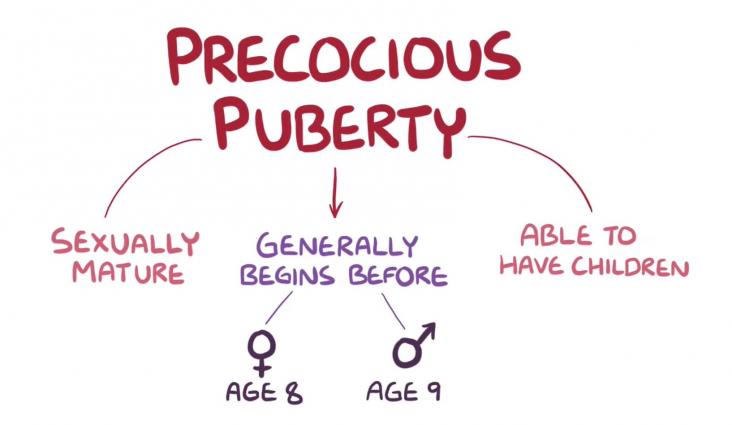
This article related to SDG 3. This resource, created together by Osmosis and the National Organization for Rare Diseases (NORD), aims to increase the knowledge and awareness about precocious puberty, a condition that causes children to start puberty early, affecting one in five thousand children.
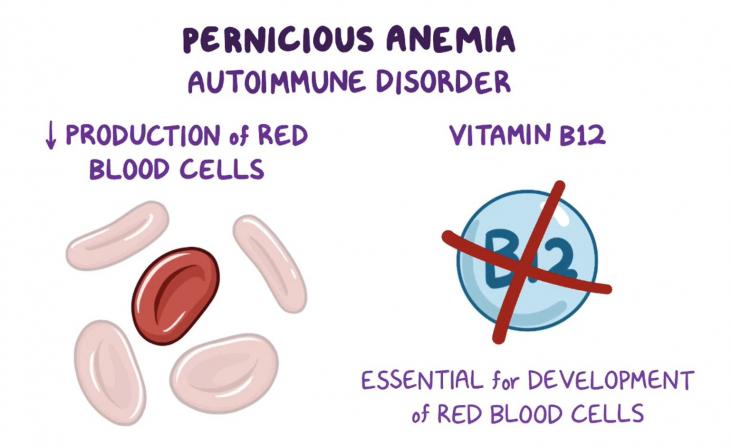
This article relates to SDG 3. This resource, created together by Osmosis and the National Organization for Rare Diseases (NORD), aims to increase the knowledge and awareness about pernicious anemia, a disease in which the body produces auto-antibodies against a stomach protein called Intrinsic Factor, causing B12 deficiency that cannot be resolved efficiently through oral intake.
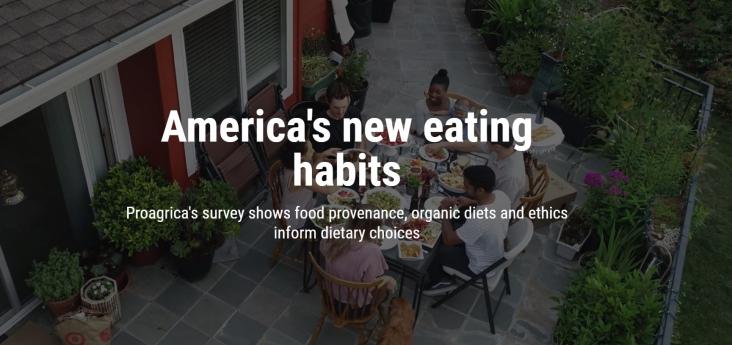
This article ties to SDG 3, Good Health and Well-being. A survey conducted by Proagrica, shows food provenance, organic diets and ethics inform dietary choices. Two-fifths of US consumers have considered going vegetarian or vegan since the pandemic began, 20% of consumers identified health concerns as the primary driver for these choices, nearly three-quarters say they have paid more attention than ever to food provenance, and two-thirds suggest that they are now eating more organic food.
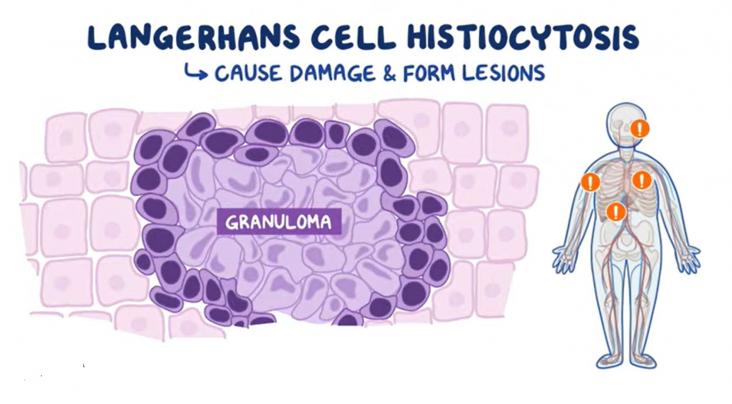
This article ties to SDG 3. This resource, created together by Osmosis and the National Organization for Rare Diseases (NORD), aims to increase the knowledge and awareness about the rare disease Langerhans Cell Histiocytosis (LCH), a proliferation of abnormal histiocytes, which are inflammatory immune cells that constantly patrol the body for invaders and can infiltrate multiple body parts including the bones, skin and nervous system.
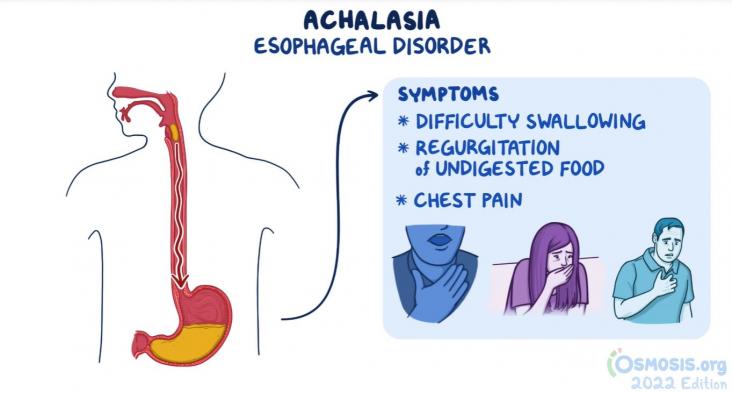
This article ties to SDG 3. This resource, created together by Osmosis and the National Organization for Rare Diseases (NORD), aims to increase the knowledge and awareness about the rare disease Achalasia, which involves damage to the nerves in the esophagus causing the lower esophageal sphincter, a circular muscle at the end of the esophagus, to be unable to relax. The resulting symptoms include difficulty swallowing and chest pain.
